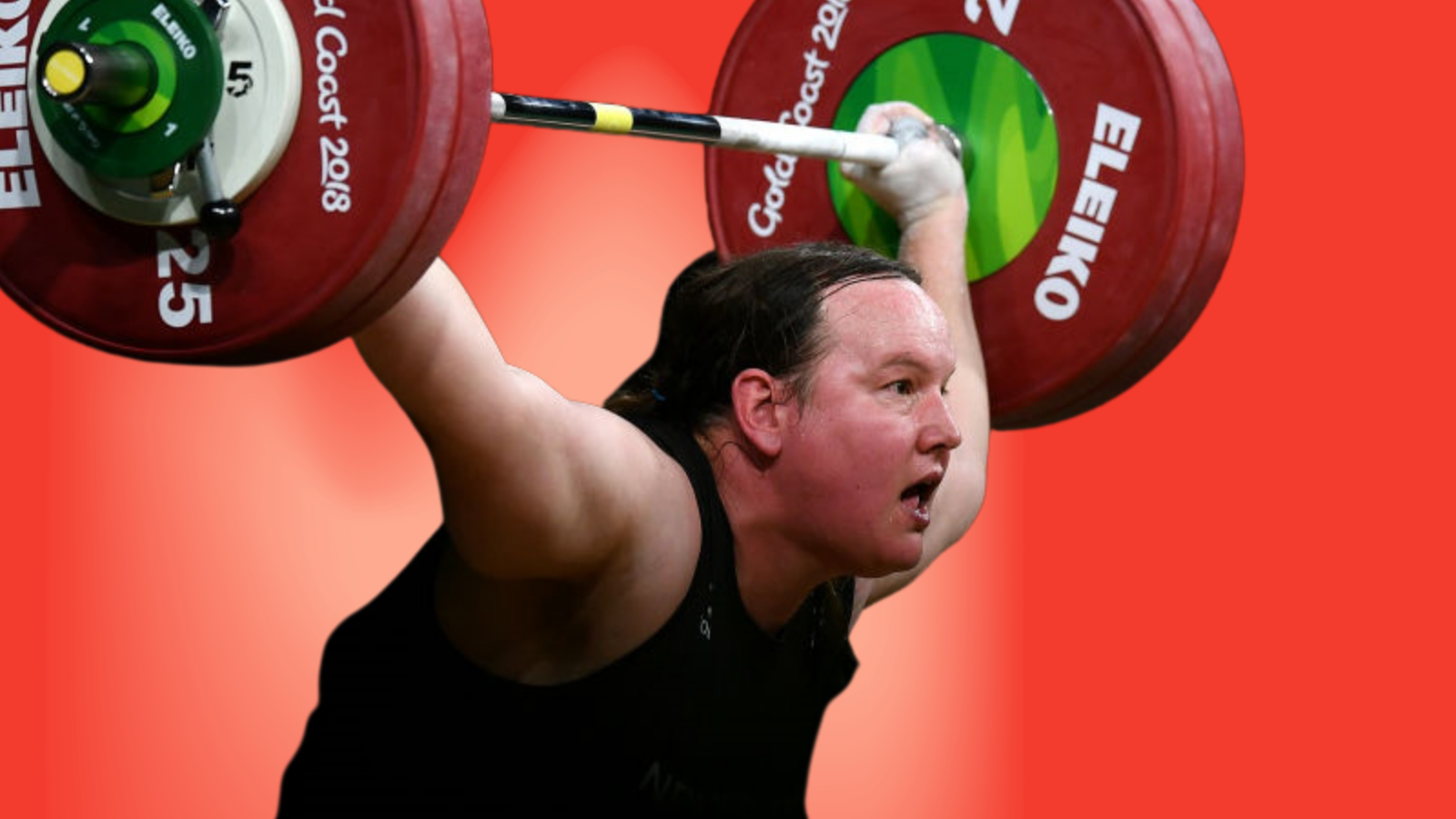Raven Saunders: What the Olympian's X protest means to her
- Published

American Raven Saunders made this gesture on the medal podium after winning silver in the women's shot put
US shot-putter Raven Saunders has made the Tokyo Olympics' first podium demonstration, after winning her event's silver medal.
As the medallists posed for photos on Sunday, Saunders raised her arms and crossed them into an X shape. She said it represented "the intersection of where all people who are oppressed meet."
The 25-year-old, who is black, gay, and has spoken frankly about her struggles with depression, said she wanted "to be me, to not apologise".
After competing, she said she aimed to give light to "people all around the world who are fighting and don't have the platform to speak up for themselves".
"I'm part of a lot of communities," added Saunders, who twerked in celebration after her final shot put throw.
China's Gong Lijiao won gold, and New Zealand's Valerie Adams the bronze, her fourth medal at successive games.
The International Olympic Committee (IOC) relaxed a ban on protests ahead of the Tokyo Games, allowing athletes to "express their views" during news conferences - but political demonstrations are still banned on the medal stand.
The body was "looking into" the gesture, a spokesperson said. It's unclear what reprimand Saunders could face, as the IOC hasn't outlined potential penalties.
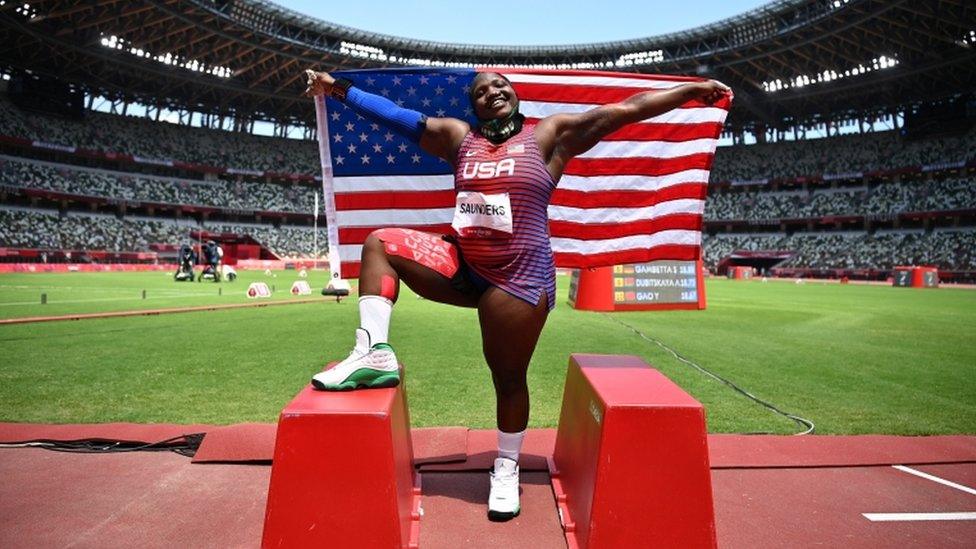
Saunders is a vocal advocate for black mental health, and says she hopes to "inspire and motivate"
"I really think that my generation really don't care," Saunders said.
"At the end of the day, we really don't care. Shout out to all my black people. Shout out to all my LGBTQ community. Shout out to all my people dealing with mental health. At the end of the day, we understand it's bigger than us and it's bigger than the powers that be. We understand that there's so many people that are looking up to us, that are looking to see if we say something or if we speak up for them."
Athletes' mental health has been the story of this year's Games, after Team USA's gymnastics superstar Simone Biles withdrew from several disciplines to prioritise her welfare.
Saunders, who made her Olympic debut in Rio de Janeiro in 2016, has described how she considered taking her own life in 2018 while struggling with poor mental health.
Her identity had been consumed by the shot put, she said, and she felt unable to escape from the pressures associated with it. She reached out to a former therapist for support, and was able to form a more balanced relationship with the sport where she has seen such success.
"It's okay to be strong," she said of the situation. "And it's okay to not be strong 100% of the time. It's okay to be able to need people."
Prior to her podium gesture, Saunders had already drawn fan attention for her green and purple hair. Then there's her eye-catching collection of masks, inspired by Marvel Comics character the Hulk, and the Joker from the Batman franchise.
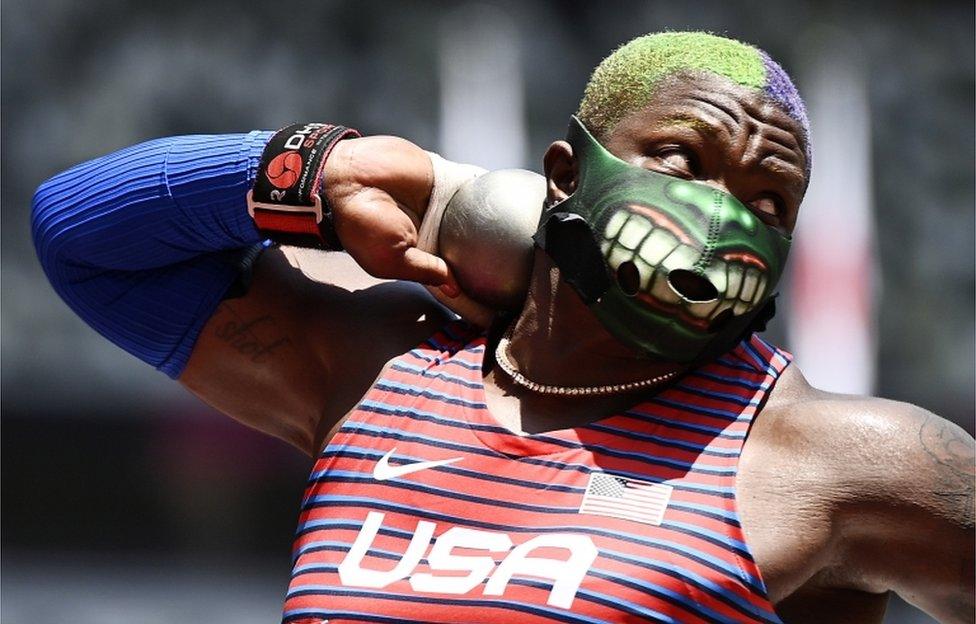
Saunders relates to the Hulk, the comic book character who inspired her mask
She sees the Hulk as her alter ego - and a reflection of how she learned to compartmentalise, unleashing power in a controlled way.
The Washington Post observed that after her event, she "shimmied into the mixed zone, asking where she could find champagne and singing, 'Celebration.'"
Saunders has described how she grew up watching black tennis champions Venus and Serena Williams, "young black girls with beads in their hair, unapologetic", and what that visibility meant to her.
She now hopes to inspire others through her own achievements - and her honesty.

Where can I find support?
If you or someone you know has been affected by issues raised in this story, sources of support are available at the BBC Action Line.
Related topics
- Attribution
- Published3 July 2021
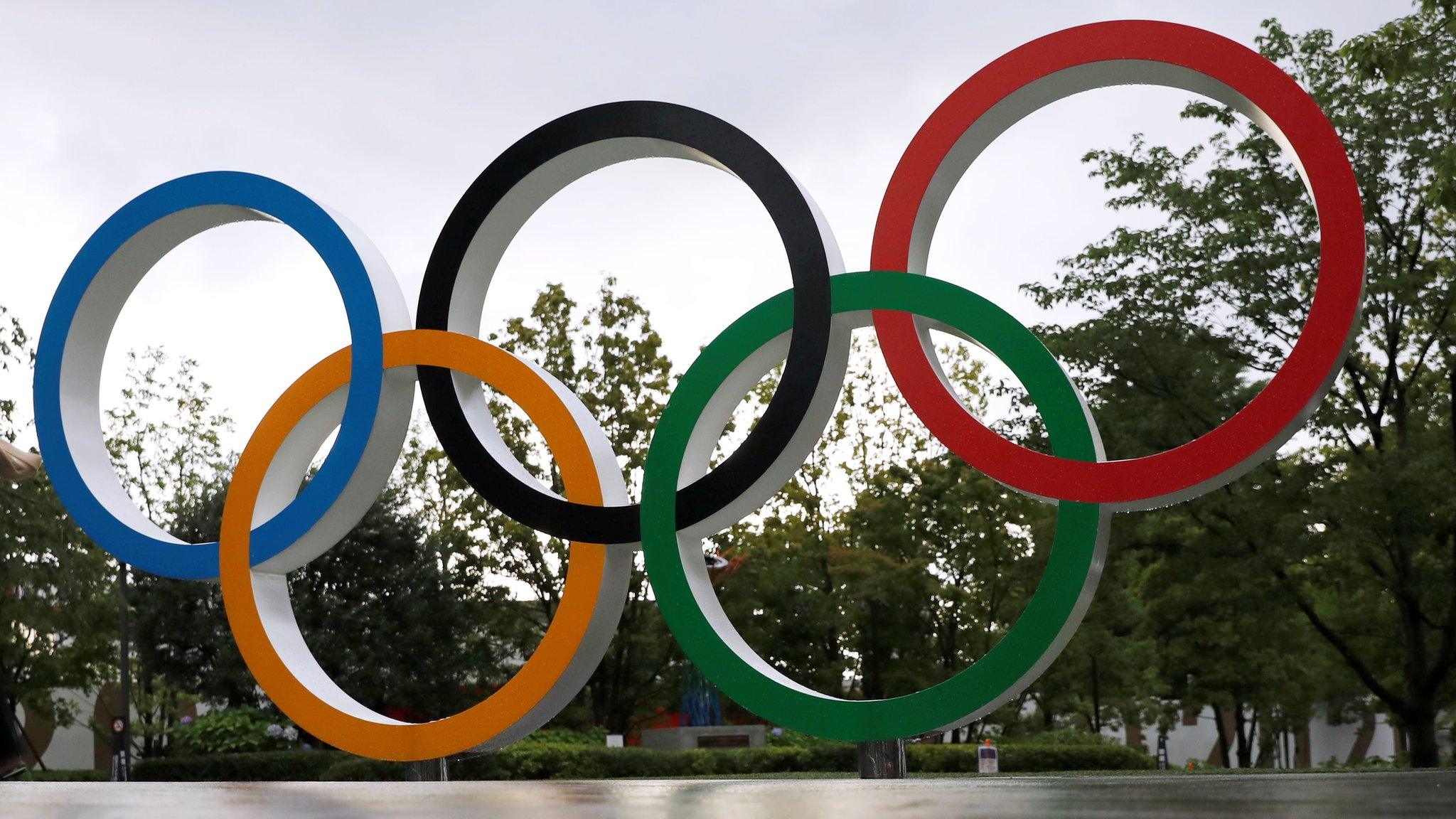
- Attribution
- Published1 August 2021

- Attribution
- Published1 August 2021
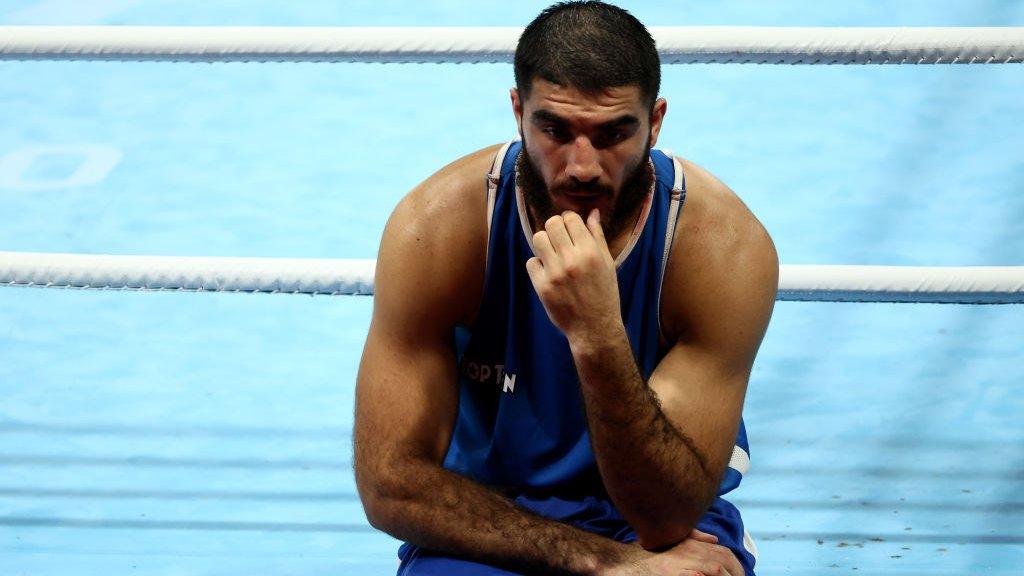
- Attribution
- Published1 August 2021
